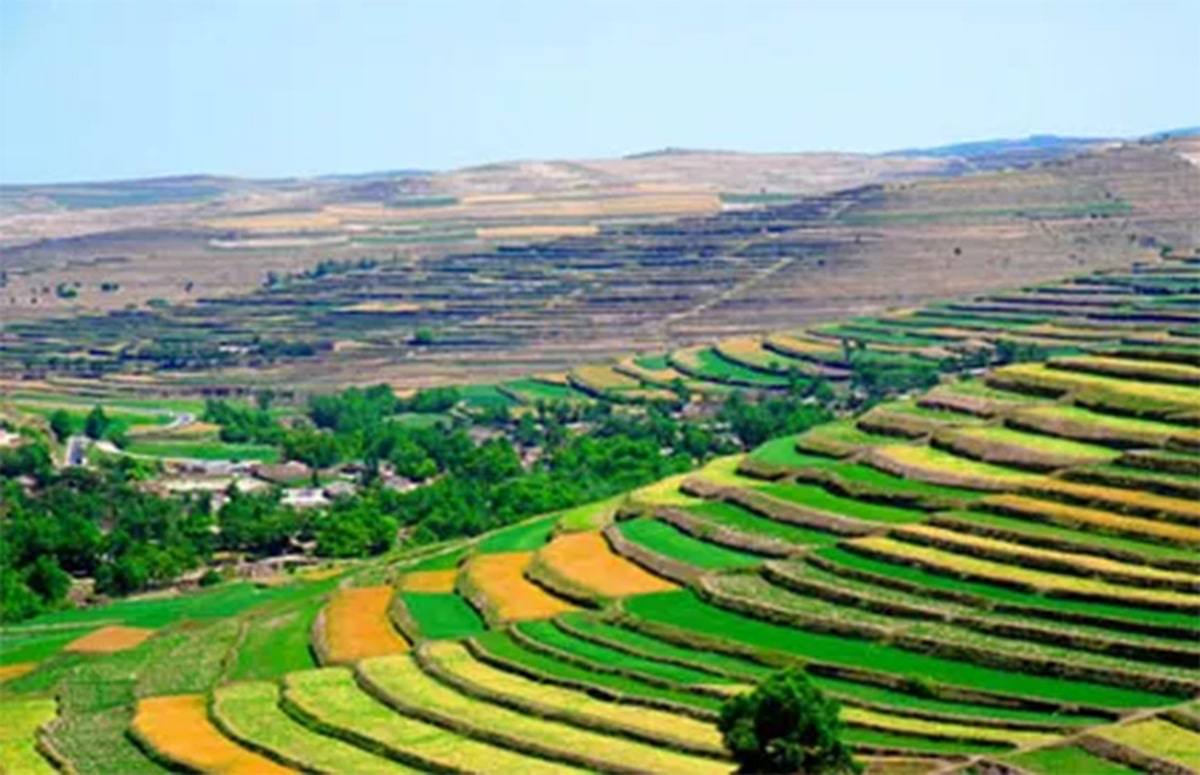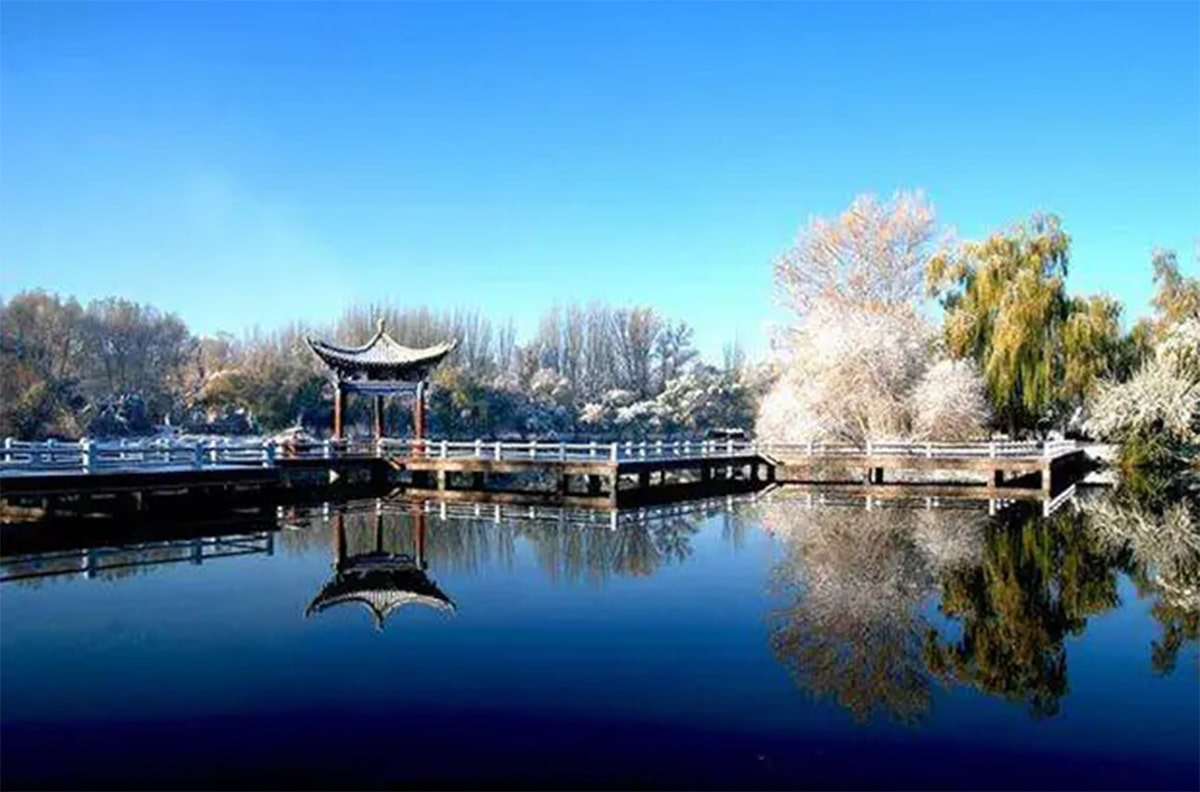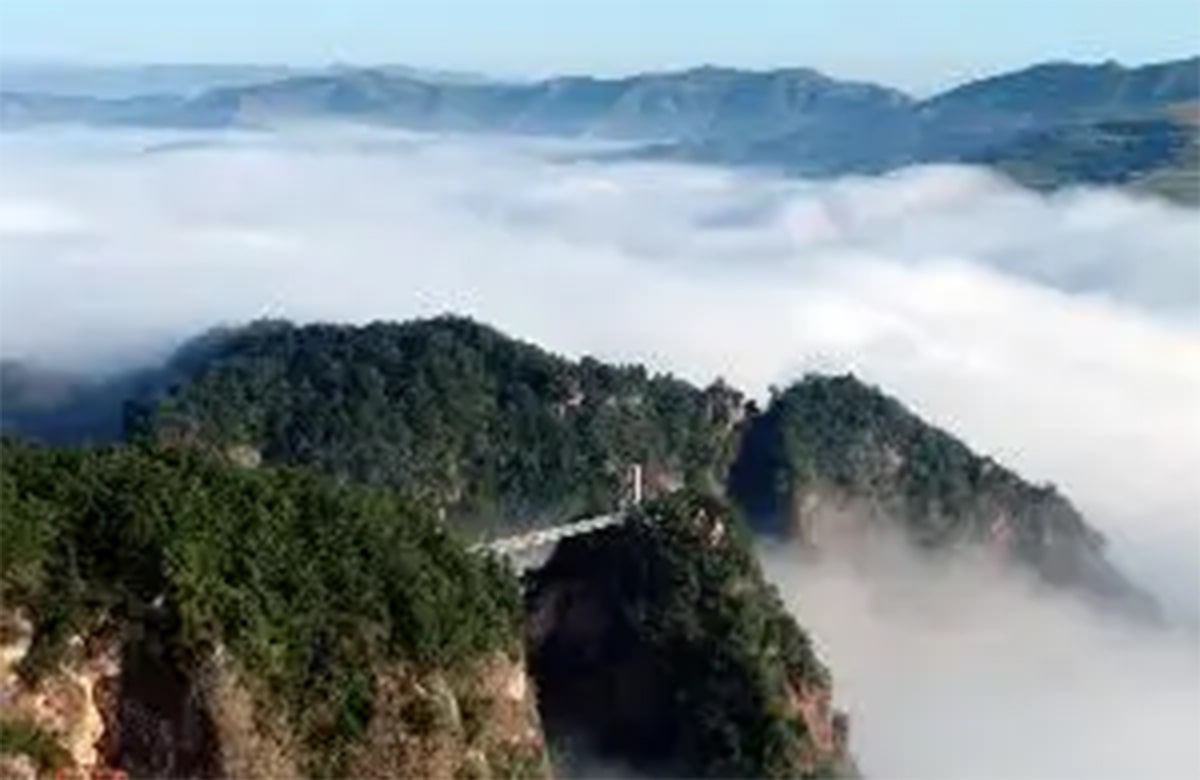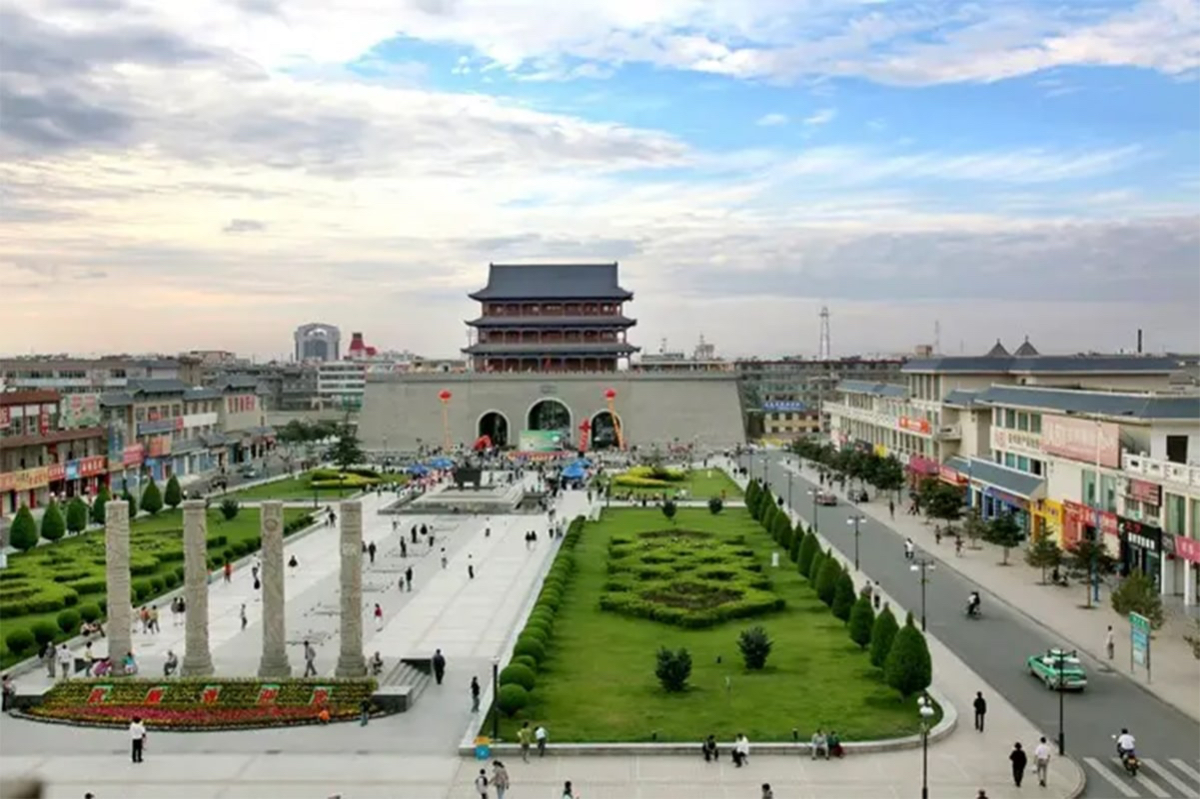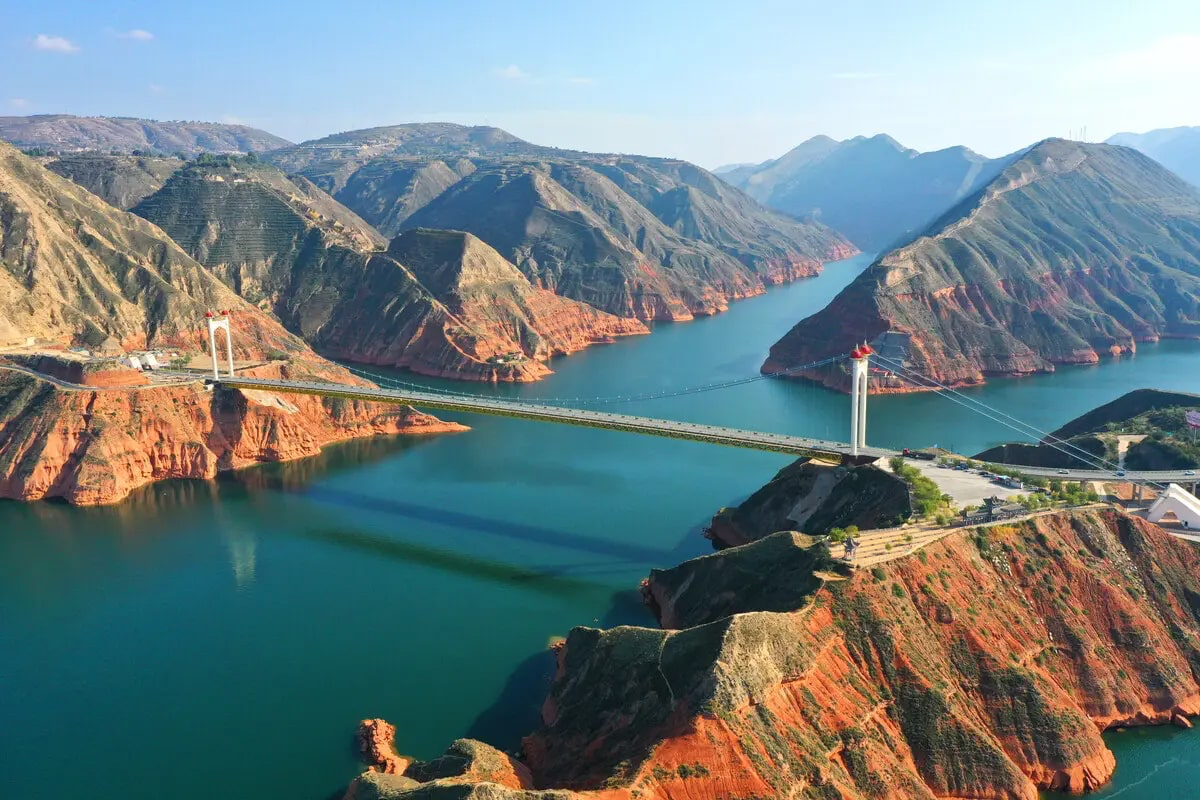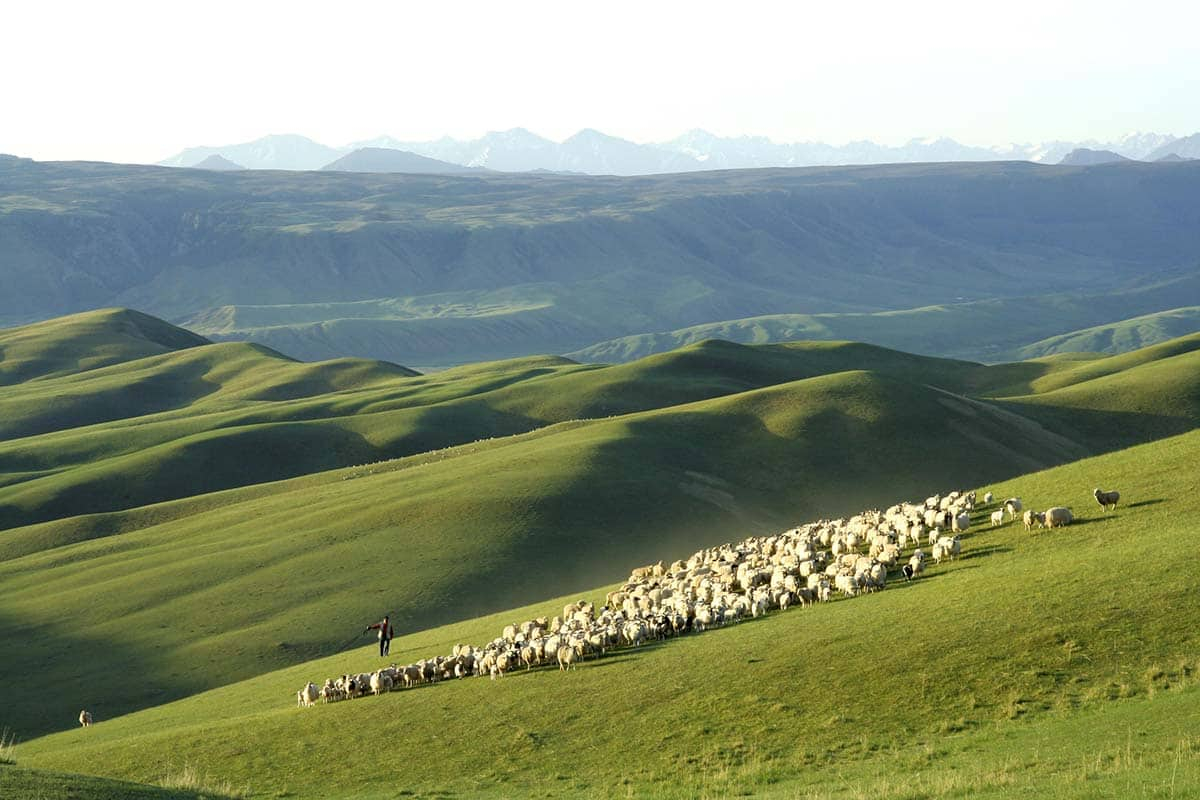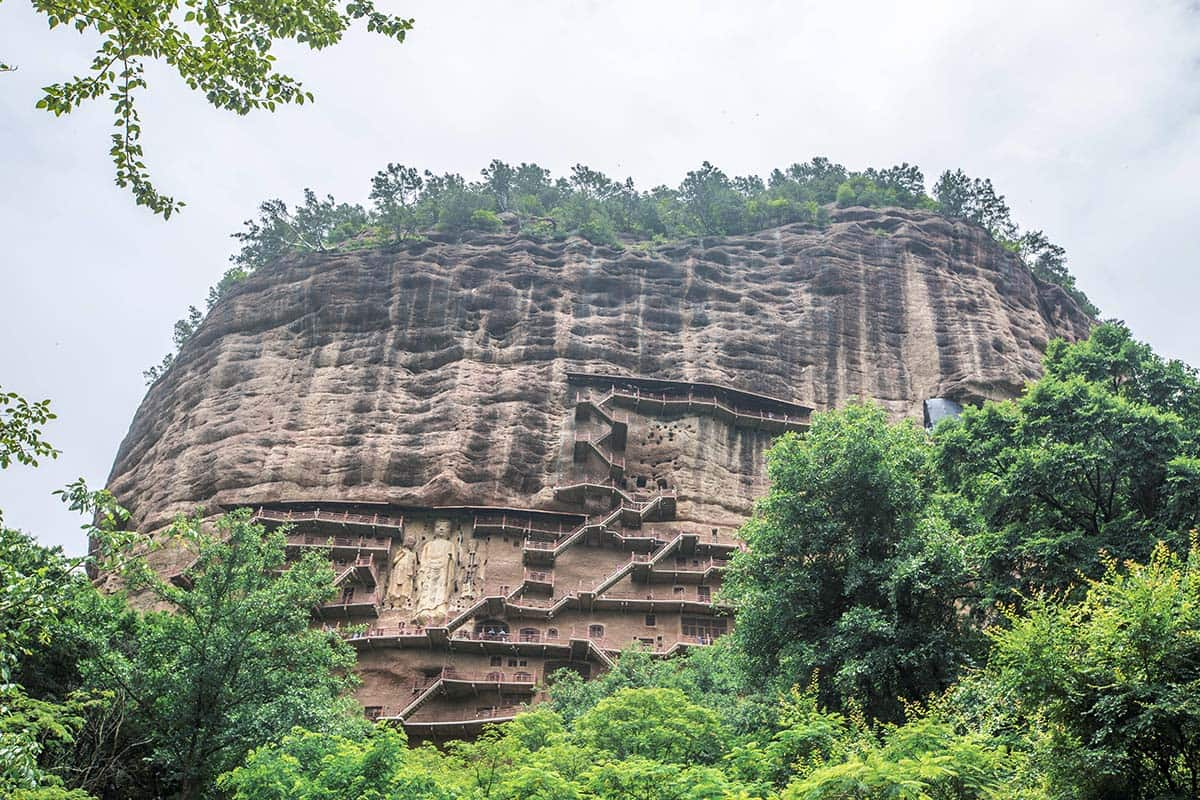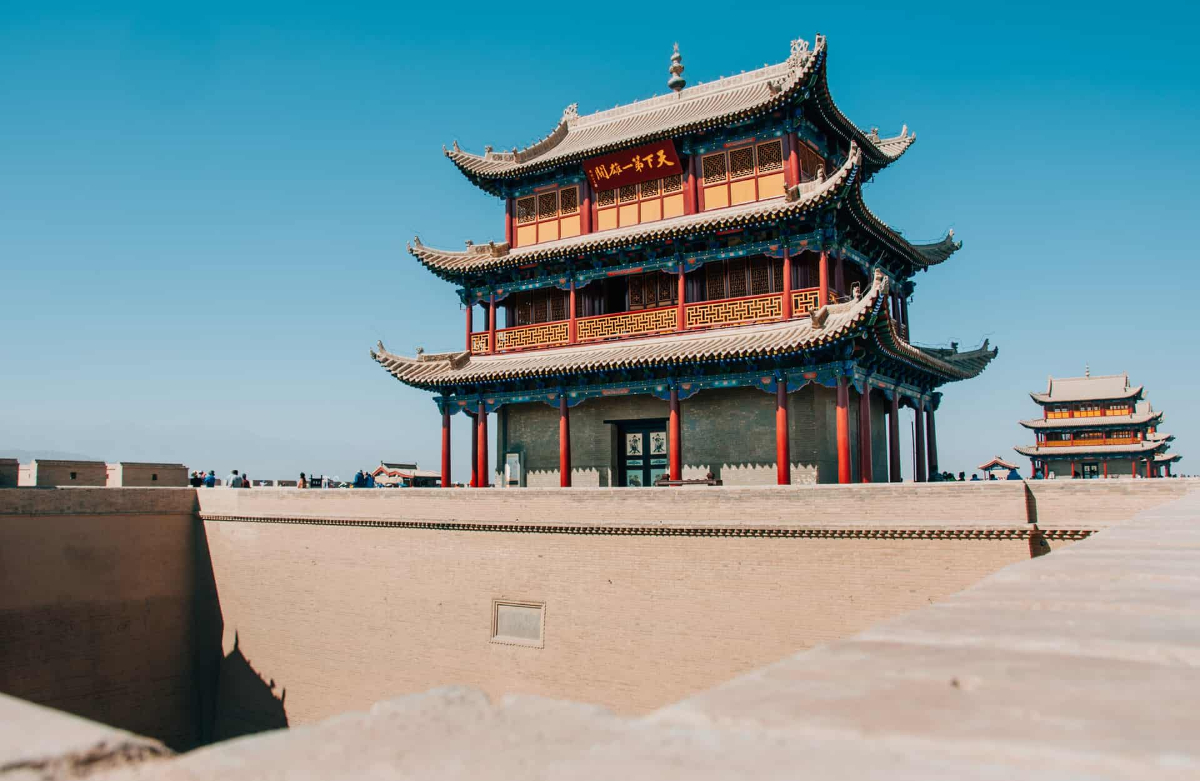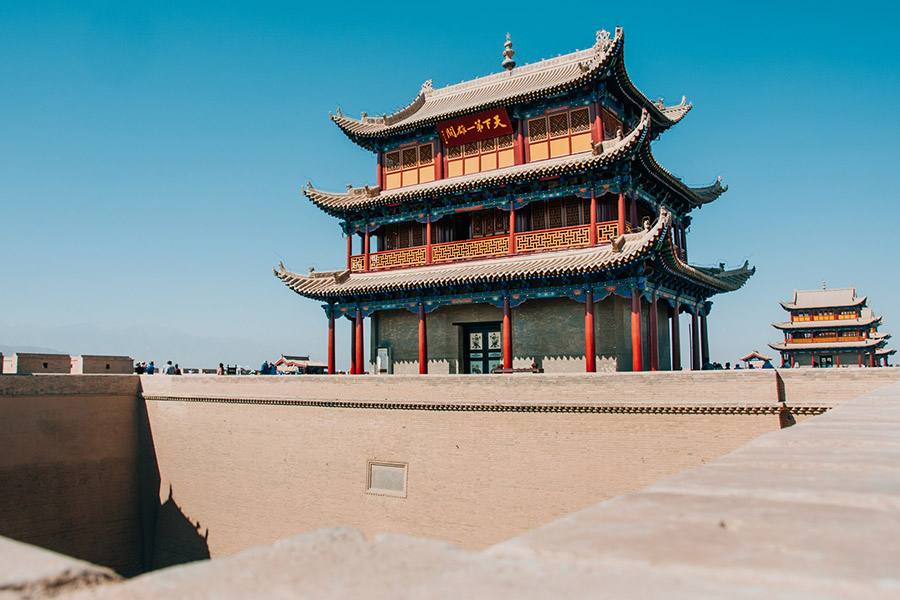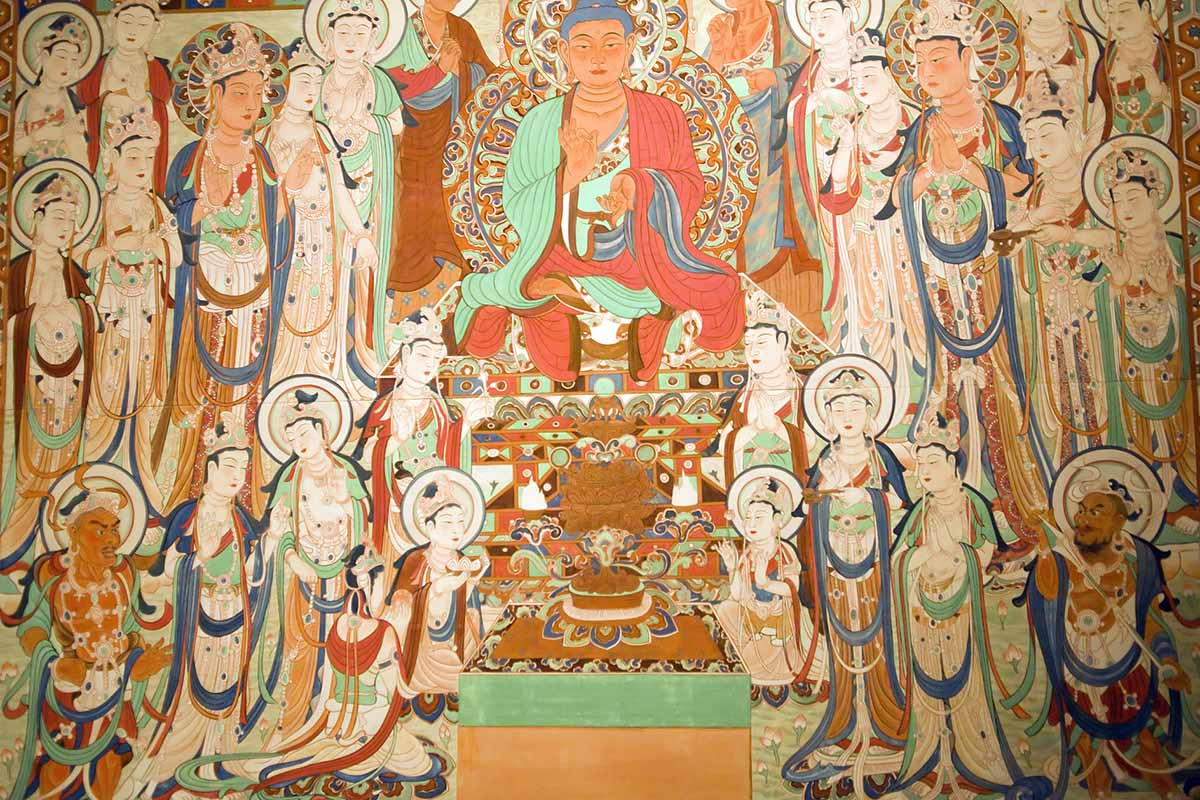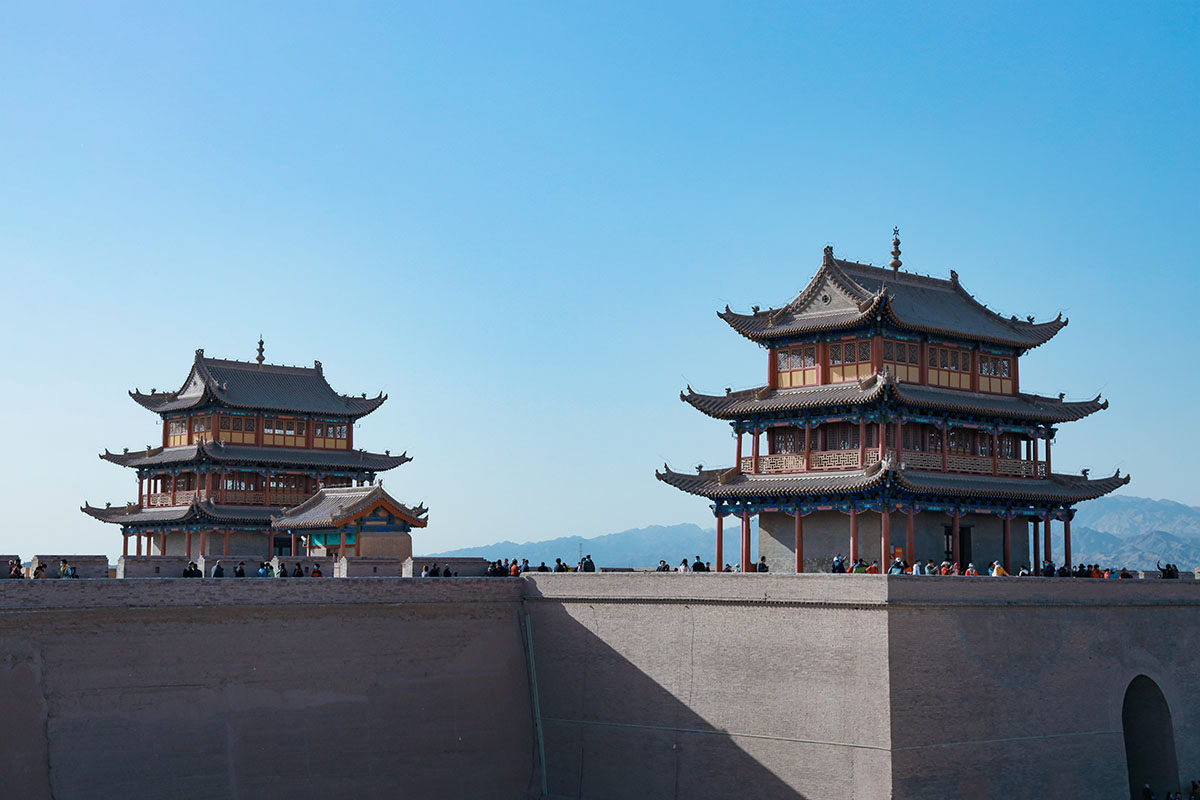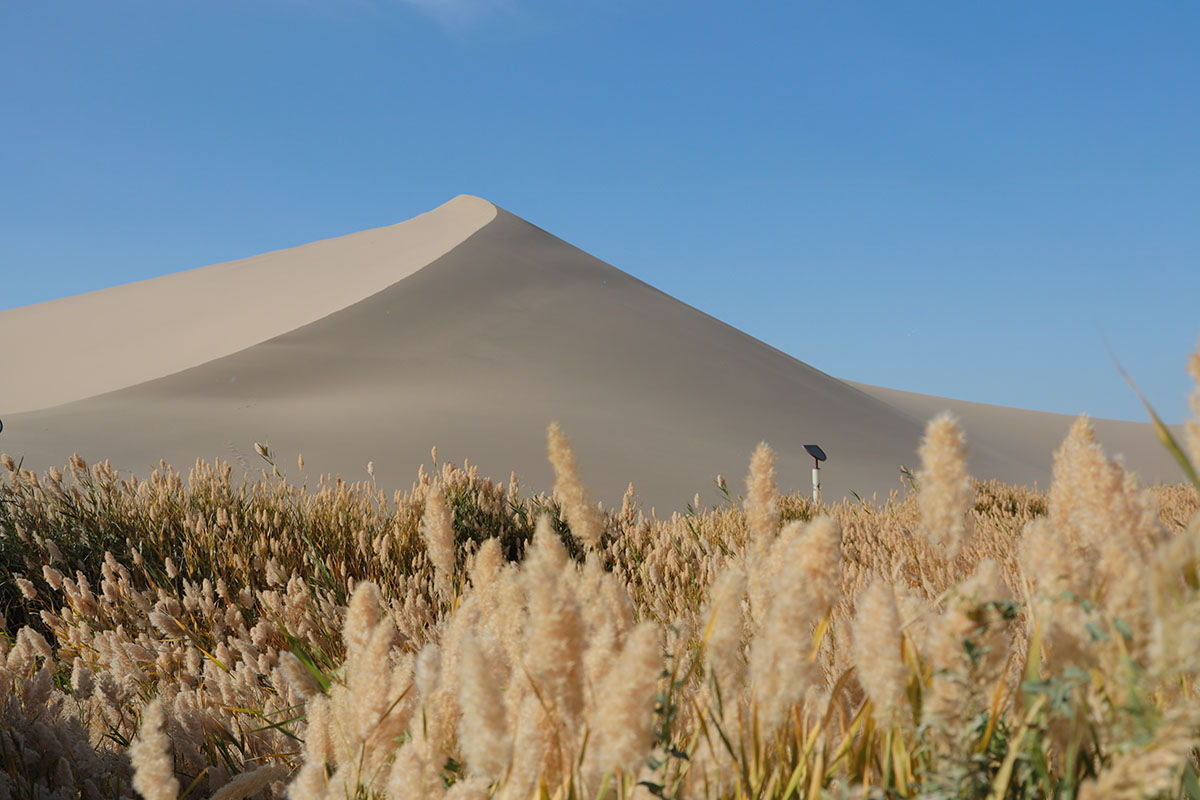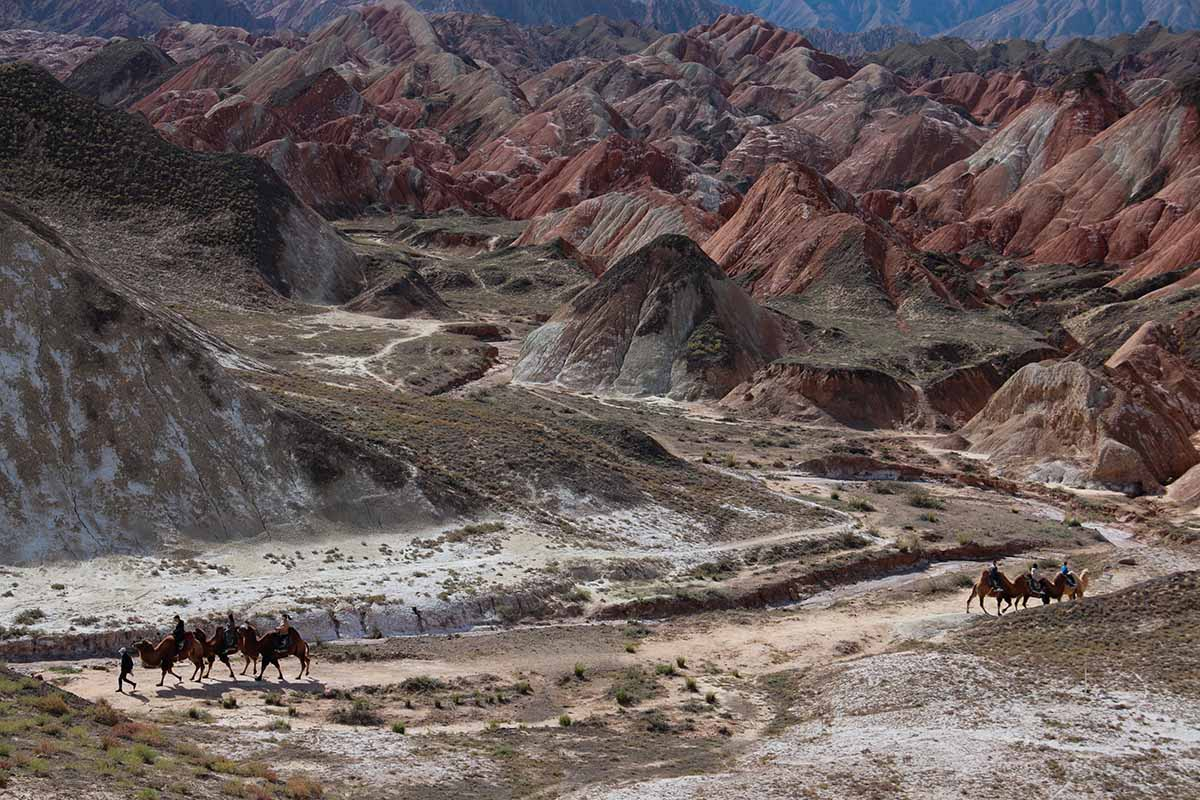Gansu Jiuquan Travel Guide
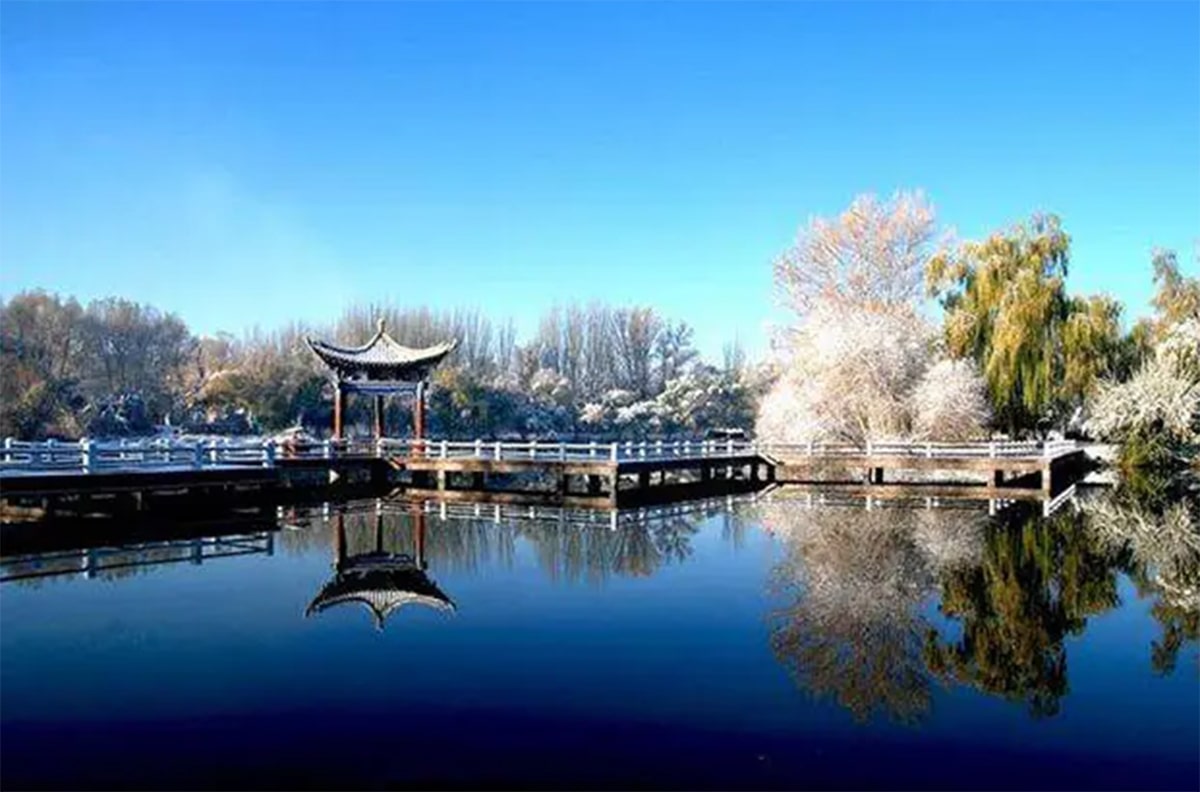
Jiuquan is a prefecture level city under the jurisdiction of Gansu Province and an important node city and provincial sub-center city of Gansu section of the Silk Road Economic Belt.
Jiuquan has jurisdiction over 1 district, 2 county level cities and 4 counties, with a total area of 192,000 square kilometers and a permanent resident population of 706,900, including more than 40 ethnic groups such as Han, Mongolian, Kazak and Hui, with a permanent resident population of 1,055,706.
Jiuquan is located in the northwest China, the western end of Hexi Corridor in Gansu Province, northwest Zhangye in the east and the Inner Mongolia Autonomous Region, south of Qinghai Province, west of Xinjiang Uygur Autonomous Region and north to Mongolia. Since ancient times it has been the traffic fortress to Xinjiang and the western regions. It is the cradle of modern space, the birthplace of China petroleum industry and nuclear industry, the important new energy base in the country.
Jiuquan was one of the four counties in Hexi in the Han Dynasty(202 BC to 220 AD) and an important town on the Silk Road. It got its name because "there is a spring under the city" and "its water is like wine". Jiuquan is the hometown of Dunhuang Art and has created a brilliant history and culture. At the same time, due to the movement of nature and human activities, created a fantastic natural scenery and magnificent cultural landscape. It has been awarded honorary titles such as the World Famous Chinese Cultural and Tourism City and the Most Internationally influential Tourism Destination in China. Jiuquan City has Dunhuang Mogao Grottoes, Anxi Suoyang City, Jiuquan Park, Dunhuang Yadan National Geological Park and other tourist attractions.
● What to do & where to go in Jiuquan
Jiuquan is endowed with unique cultural and tourism resources. As of 2019, there are 5 World cultural heritage sites and 20 national key cultural relics protection units are scattered all over the city. Dunhuang Mogao Grottoes, Mingsha Mountain and Crescent Spring enjoy worldwide fame. Jiuquan is the national excellent tourist city, the most internationally influential tourist destination and the most popular west city in China.
Mogao Grottoes are located on the banks of Daquan River at foot of Mingsha Mountain, 25 kilometers southeast of Dunhuang City, Gansu Province. With a north-south length of more than 1,610 meters, Mogao Grottoes are the largest grottoes in the world with the longest duration, the most intact preservation and the richest artistic contents. As of 2010, there were 492 well-preserved caves, containing 45,000 square meters of murals and more than 2,000 painted sculptures. More than 90 percent of the cultural relics unearthed in the caves are Buddhist scriptures.
Dunhuang Yadan National Geopark is 185 kilometers away from Dunhuang, 85 kilometers west of Yumen Pass. There is a wind erosion geomorphology community, commonly known as the Devil City. As of 2010, it has been built into a China geopark. On a dry riverbed 25 kilometers long from east to west and 1 to 2 kilometers wide from north to south.
Mingsha Mountain is located 7 kilometers south of Dunhuang City. The whole mountain system is made of sand accumulation, about 40 kilometers long from east to west, 20 kilometers wide from north to south. Crescent Spring is under the mountain, nearly 100 meters long from north to south, about 25 meters wide from east to west. The spring is shallow in the east and west, the deepest point is about 5 meters, bending such as crescent moon, hence the name.
Jiuquan Satellite Launch Center also known as "Dongfeng Aerospace City",
is located 250 kilometers northeast of Jiuquan City in Ejina of Alasan in deep of Badanjilin Desert in Inner Mongolia. It is the earliest and largest satellite launch center in China and a comprehensive launch site for various types of carrier rockets and sounding weather rockets.
Jiuquan Scenic Spot of the Western Han Dynasty, also known as Jiuquan Park, is located 1.9 kilometers east of the Drum Tower, covering an area of 270,000 square meters. It is a well preserved Han style garden in the Hexi Corridor, with eight scenic spots in the park. It was named as 4A(second level) tourist attraction by the Chinese National Tourism Administration.
Yangguan Pass is located in Yangguan Town 70 kilometers southwest of Dunhuang City. Emperor Wudi of the Han Dynasty sent general Huo Qubing to beat the huns and set up Jiuquan County, Wuwei County, Zhangye County and Dunhuang County successively in Hexi region. At the same time, Yangguan Pass and Yumen Pass were built. It is a national 4A(second level) tourist attraction.
Yulin Grottoes, also known as Ten Thousand Buddhas Cave, is one of the important grottoes of Chinese Buddhist stone cave art. It is located on the gravel cliff on both sides of Yulin River Valley 76 kilometers south of Guazhou County. There are 42 grottoes, more than 1,000 painted sculptures and more than 1,000 square meters of murals for more than 800 years from the Tang dynasty to the Yuan Dynasty.
Suoyang City is located in the southern part of Anxi County at the western end of Hexi Corridor. It was listed as a World Cultural Heritage site in 2014. It was built in the Han Dynasty and flourished in the Tang Dynasty. To the northeast of the city, there is a large temple built in the Yuan Dynasty. The big tower is 14.5 meters high, and thousands of small towers are neatly arranged in a line.
Chijinxia National Water Conservancy Scenic Area is located 50 kilometers west of Yumen City, was named "National Water Conservancy Scenic Area" by China Ministry of Water Resources in 2004 and was rated as a national 4A(second level) tourist attraction in 2013.
● What to eat in Jiuquan
Crisp cakes, Hezhi broad bean vermicelli with sliced pork and mutton in mixture of mutton, pork and chicken soup. Roast sheep blood sausage, donkey meat yellow noodle and variety of northwest style noodles and pastas.
● Transportation
Railway: Lanzhou-Xinjiang Railway & Dunhuang Railway has staion in Jiuquan. You can take trains to/from Lanzhou, Dunhuang, Wuwei, Zhangye, Jiayuguan, Hami, Turpan, Urumqi and so on.
Highway: By 2019, Jiuquan had 16,426 kilometers of highways, 814 kilometers of expressways and 15,253 kilometers of grade-road. Transportation is convenient between cities and scenic spots in the area.
Airport: Dunhuang Mogao International Airport has flights to about 20 cites in the country.
● Climate
Jiuquan City is a semi-desert arid climate, which is characterized by arid climate with little precipitation, long evaporative intense sunshine, large temperature difference between cold in winter, hot in summer, cool in autumn, dry in spring and windy sand. The lowest annual temperature is minus 31.6℃, the average annual temperature is 7.9℃, the temperature difference between day and night is large. Rainfall mainly occurs from June to October, with an average of 62 days of rainfall per year. The freezing period usually lasts from November to April.
- HOTEST
- RECOMMEND
